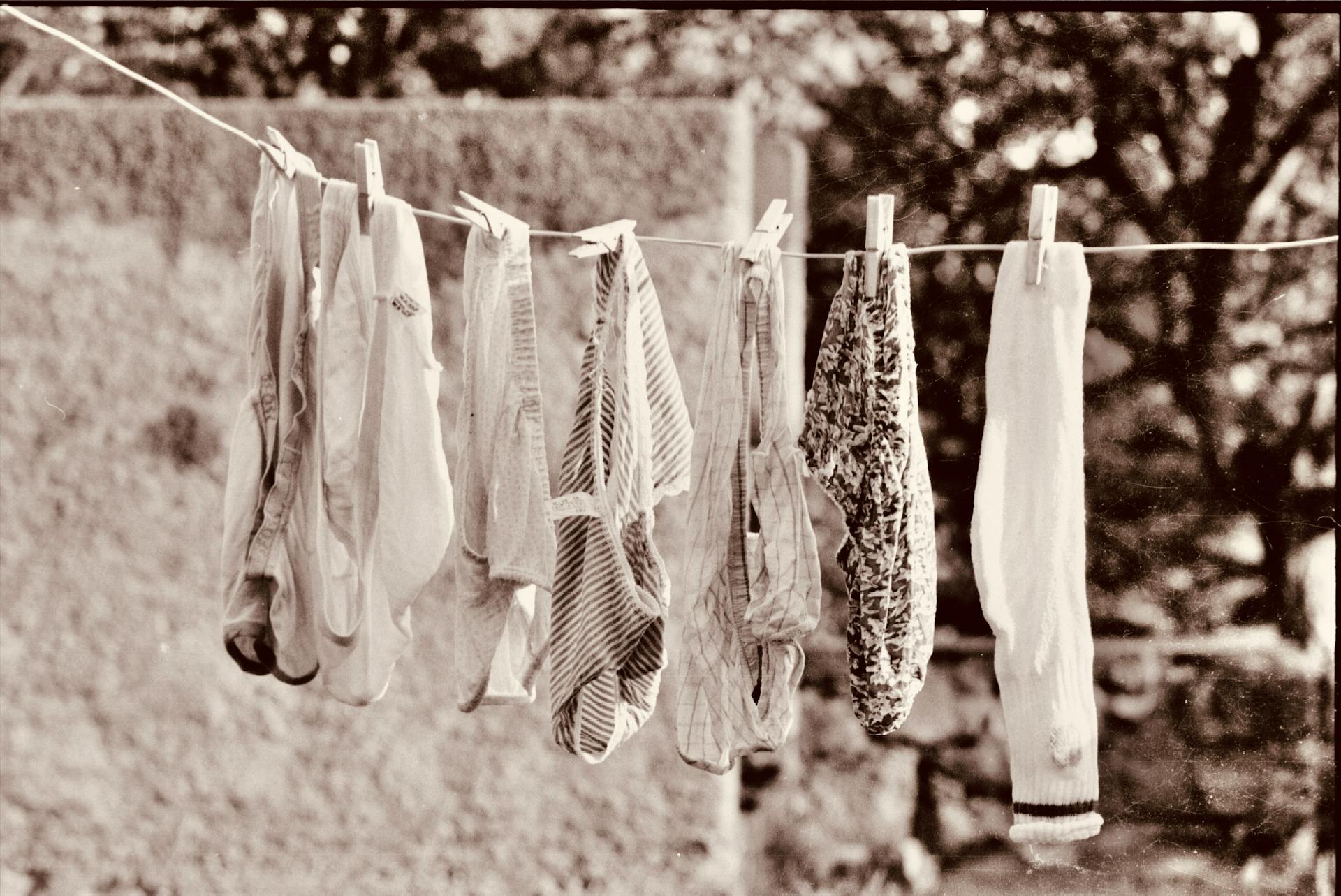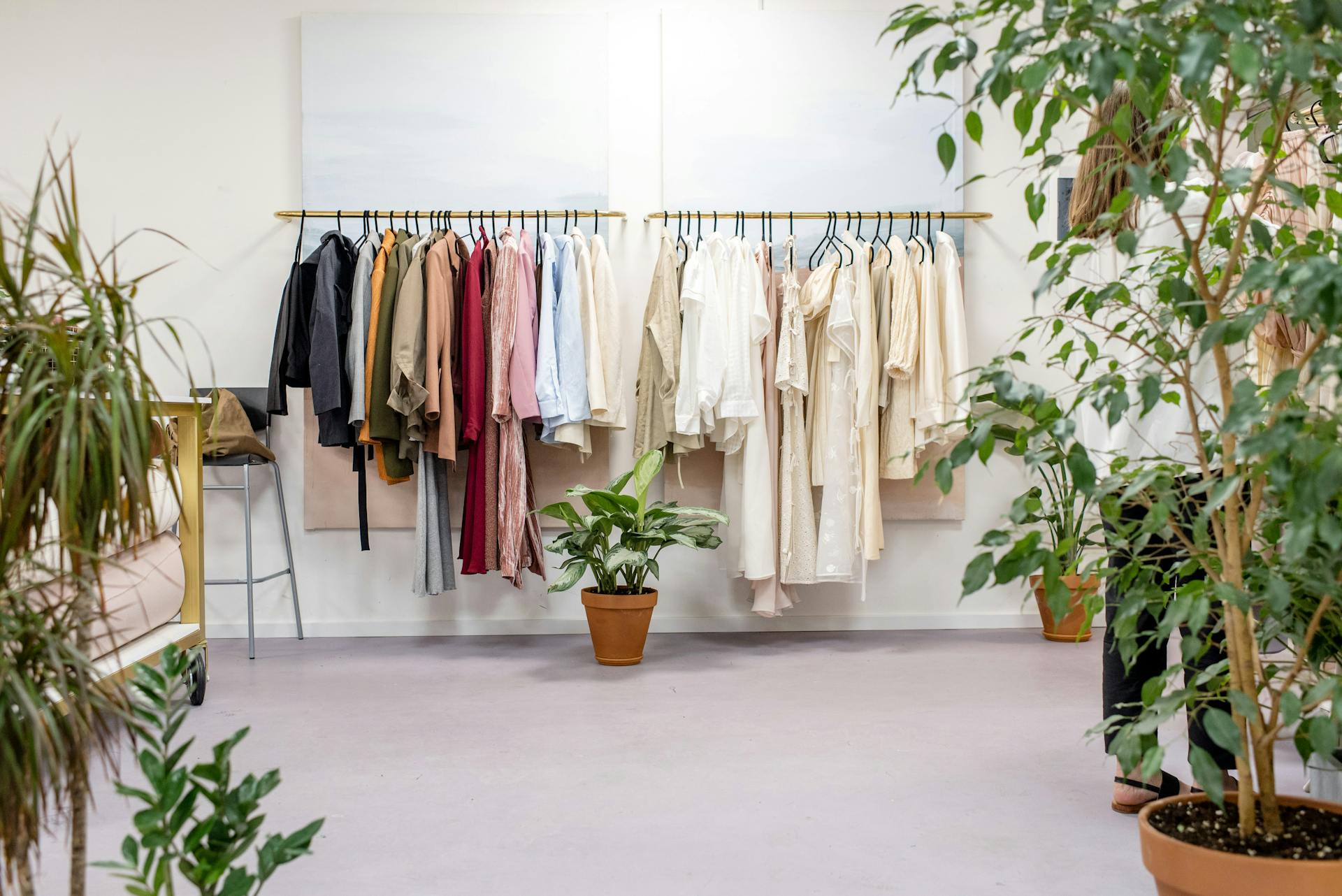
Having cloth diapers is becoming increasingly popular amongst eco-conscious and budget-conscious parents. But if you’re a first time cloth diapering parent, it can be difficult to know exactly how many diapers to purchase for your little one. The answer will vary depending on factors like the age of the baby, the size of the baby, and the type of cloth diaper being used.
If your baby is a newborn, you will likely need approximately 12-18 cloth diapers as newborns tend to go through quite a few diapers each day due to their small size. As your baby grows, they will require fewer diapers since they can go longer between changes which means less laundry. To cover those extra changes throughout the day, it’s advisable to have around 24-36 diapers on hand for a baby aged 6-18 months.
Once your baby has reached 18 months or gets close to potty training, you can likely get away with having around 20-24 cloth diapers as they will no longer require constant changes. As your baby gets more independent and begins potty training, having fewer diapers is more economical as they will not use them as often.
Overall when beginning cloth diapering journey it is better to have an excess of rather than not enough; ensure that you have enough for everyday use plus an additional few for laundry days or unexpected increases in usage due to teething or travelling or similar events that require extra protection from leaks!
Additional reading: Strip Cloth Diapers
How often should I change my baby's cloth diaper?
The frequency of changing cloth diapers for your baby may depend on several factors: how long baby has been wearing the diaper, size of the baby, and the diaper's material. Generally speaking, it is recommended that you change your baby's cloth diaper every two to three hours (or more frequently if you note signs of a full diaper). This recommendation is due to the fact that cloth diapers are more permeable to urine than disposable diapers, and they become saturated quickly if not changed within a few hours.
Particular types of materials used in cloth diapers, such as hemp and bamboo, can have even better absorbency. In this case, you may only need to change your baby's diaper once every four hours or longer as they can last up to eight hours or more depending on their absorbency levels. As a note of caution, however, it is important to make sure that your baby's skin is not getting irritated due to prolonged contact with urine or other substances in the diaper material. When in doubt about how often your baby should receive a fresh diaper change, err on the side of caution and change more frequently rather than less frequently.
It is also worth mentioning that poop will obviously require a much quicker turnaround for an appropriate diaper change; leaving poopy cloth diapers unchanged for too long can create an environment conducive for bacterial growth. So make sure you're changing any poopy cloth diapers promptly and giving your little one (and their bottom!) some fresh air! With these thoughts in mind, hopefully you have gleaned some helpful tips on how often you should be making changes to your baby's cloth diapers - safety first!
Readers also liked: Store Clothing Long Term
What type of cloth diaper works best for my baby?
Using cloth diapers for your baby can be a great way to save money and be more eco-friendly. But with a wide range of options, it may be tricky to choose which type works best for your baby.
For babies who are sensitive or prone to rashes, fitted diapers may be a good option as they are made from either cotton or bamboo. Since these diapers have elastic around the legs and waist, they keep the mess contained without being too tight on your baby's skin. It's also easy to change the diaper in two parts – the absorbent part made of cotton or bamboo and the waterproof cover – making them very efficient when dealing with frequent diaper changes.
Prefold diapers on the other hand make up for quick changes because you don't have to worry about having different parts for each part of the diaper like you would a fitted diaper. Prefolds are made from cotton, which is naturally absorbent, and sewn into three panels that have extra layers of fabric at their center to give extra absorption. These layers will break down over time as they absorb fluid but can easily be replaced if necessary which makes them very cost effective in the long run. They’re more difficult to put on than fitted diapers so come with some extra fabric fasteners such as pins or "Snappi" fasteners that make changing easier and quicker.
Ultimately, it really depends on what works best for you and your baby in terms of convenience, protection levels, comfortability and cost efficiency. Consider carefully all aspects that matter most to determine what type of cloth diaper fits you and your little one best!
Here's an interesting read: Cloth Diaper
What are the advantages and disadvantages of cloth diapers?
Cloth diapers are becoming increasingly popular amongst those concerned with sustainability and limiting their plastic footprint, but they come with their own set of pros and cons.
On the upside, cloth diapers are often more eco-friendly than disposable diapers. They incuure a one-time cost instead of ongoing costs for purchasing disposables, and because many people have access to washing machines, using cloth diapers can also save on water usage. Furthermore, cloth diapers tend to be much less expensive in the long run than disposable ones.
However, cloth diapers aren't without their drawbacks. They require more time and effort to care for and maintain than disposables - parents or caregivers must wash them regularly, which can lead to frequent laundy runs. Additionally, cleaning them properly is essential for avoiding infections or diaper rashes in babies, which takes ongoing attention and consistency that not everyone is willing or able to give. Also worth mentioning is that cloth diapers don't offer as much coverage when it comes to containing waste as disposable options do - meaning more messes may occur during use!
In the end, it's up to parents or caretakers depending on individual lifestyle needs and preferences when deciding between cloth or disposable diapers. Cloth diapers definitely have their ecofriendly benefits but they require a bit more extra effort on those looking after them!
Discover more: How Many T Shirts for a Quilt?
Is there a proper way to store cloth diapers?
Cloth diapers are incredibly popular among parents, both for their environmental benefits as well as their convenience. In order to ensure that your cloth diapers last as long as possible, it’s important to store them properly.
The most important way to store cloth diapers is to keep the fabric layer and interior absorbent layers apart. If they are layered together while stored, they will become bunched up and inefficient in the long run. If you have the space in your storage area, place each diaper so that its exterior and inner layers are not touching when you first place it down for storage. This will maximize airflow and ensure that no layers become trapped beneath one another.
You should also consider storing the diapers in an air-tight container or sealed plastic bag if you live in a damp climate or if the fabric itself is highly susceptible to mold or mildew growth. Additionally, soaking your diapers in a vinegar solution after every few uses helps to maintain their quality and can help reduce bacterial or fungal growth while they're stored away. Finally, make sure that you inspect each diaper before returning it to use after storage; double check elasticity and any potential signs of damage or wear and tear created during storage.
By following these guidelines, you can ensure that your cloth diapers remain clean and functional through multiple uses!
Do I need any special accessories to use cloth diapers?
Cloth diapering can be a great way to save money and be kinder to the environment in comparison to disposable diapers. However, if you're new to using cloth diapers, it can be hard to know what pieces of cloth diaper accessories you need. The truth is that which accessories one needs really depends on the particular cloth diaper system that he or she is using.
If you are using prefolds or flats, you will need diaper pins or Snappi fastenings to securely keep them in place. Diaper covers are also needed for waterproof protection against leaks. Finally, many cloth diaperers find it beneficial to use liners when layering fabrics to make washing easier.
On the other hand, if you are using an all-in-one (AIO) system where the inner and outer layer are sewn together and secured with Velcro closures or snaps, then no additional pieces of hardware is required. Depending on personal preference, some users of AIO's might opt for additional additional protection such as biodegradable liners for faster clean-up of solid wastes. In addition, doublers can also be used with AIOs when overnight protection is desired - but this is optional.
While choosing a cloth diaper accessory set may seem complicated at first glance, there really is nothing too serious to worry about! All one needs to do is decide which style of diapers they want and how much protection they need - the rest falls into place from there.
Check this out: How Much Paint Do I Need for a Dresser?
How can I make sure I get the right fit with cloth diapers?
Finding the right cloth diaper can be a daunting task. With the various sizes, shapes, styles, and materials available on the market, it can be overwhelming to determine exactly which diaper will provide the best fit for your baby. However, by following some key steps you can ensure that you will find the right cloth diaper for your baby.
First and foremost, research different brands of cloth diapers before purchasing them. Different brands offer different sizing guides and some even offer custom sizes so make sure to read through each ones carefully and choose one that will provide the best fit for your baby’s size and shape. Additionally, many companies offer samples or free trial programs so take advantage of them if you can in order to assess how well the diaper fits before buying it in bulk.
The second step is to thoroughly inspect all of the components of the cloth diaper when it arrives. Look for any signs of damage that might affect its performance such as stitching tears or fraying fabric. Also check that all snaps are properly secured and working properly as these help with adjusting to size and getting a snug fit around legs, waist and tummy.
Finally make sure to double-check that all components are clean by carefully washing them in a gentle cycle before using them on your child. This will prevent any irritation or allergic reactions caused by residue from manufacturing process or previous use of cloth diapers. Additionally, if you plan on using liners with each diaper change, use natural fabric liners made out of organic cotton as they are more comfortable and provide better absorbency than synthetic material liners do.
By following these steps carefully you can ensure that you choose acloth diaper that offers a perfect fit for your baby's body type while also being comfortable for them wear through all their activities throughout day.
Featured Images: pexels.com


